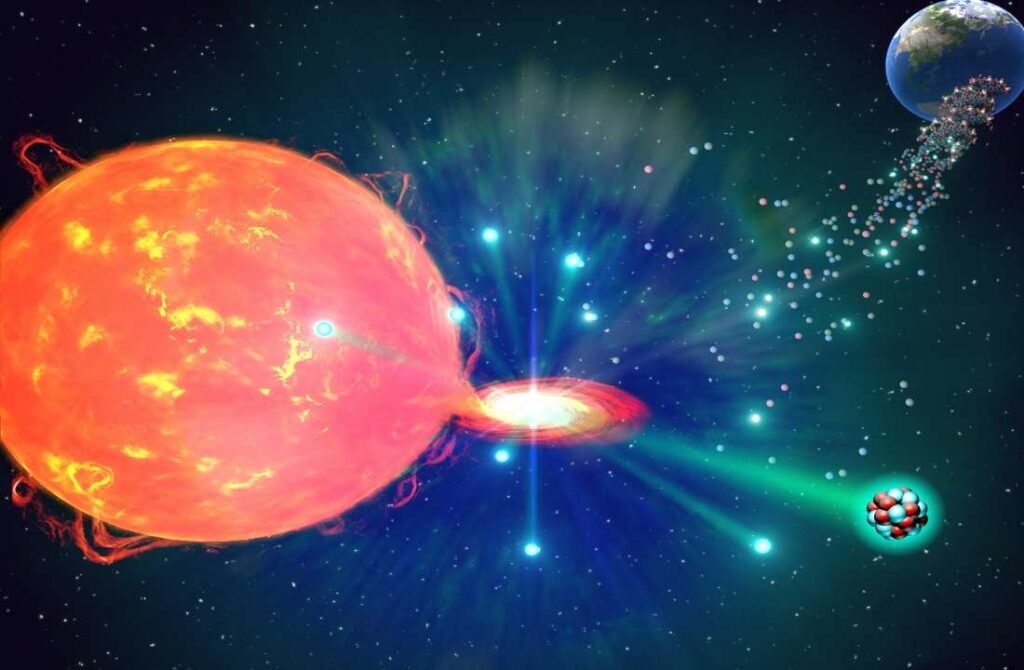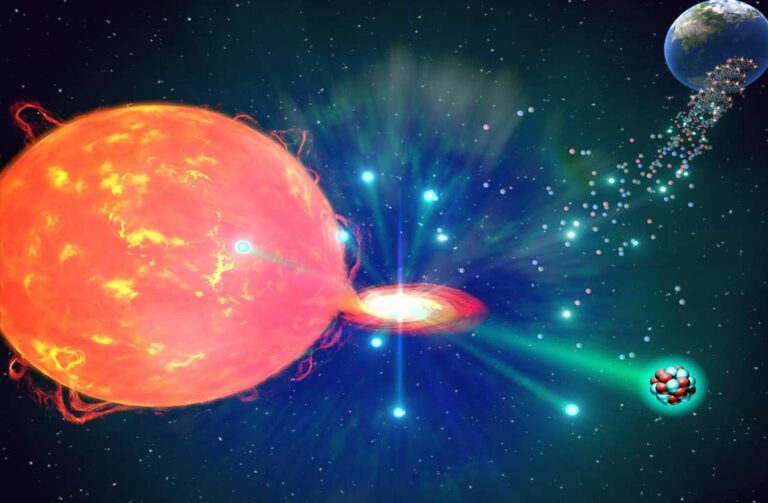Astronomers Propose New Stellar Theory to Explain Phosphorus Origin
In their attempt to explain how phosphorus, a vital element for life on earth, formed in the universe, astronomers offer a new theory. This hypothesis is centered on a particular form of stellar explosion known as the ONe novae and the supply of phosphorus.

According to the Big Bang theory, most of the matter in the universe at some time was hydrogen. Other elements are said to have formed later by nuclear processes inside stars or events such as nova or supernova. Nevertheless, the set of stars and explosion types is quite diverse.
Astronomers are still struggling to identify which processes were most important for the distribution of abounds in elements that was observed in the universe.
As recently indicated by Kenji Bekki of The University of Western Australia and Takuji Tsujimoto of the National Astronomical Observatory of Japan, this issue could be explained by a new model called “ONe novae”, which is based on oxygen-neon novae. The results of the study have been outlined in an article in The Astrophysical Journal Letters.
An ONe nova is said to happen when there is accumulation of material on a white dwarf star which is mainly made up of oxygen, neon and magnesium which is heated to an extent that causes an explosion of nuclear fusion.
However, the model has indicated that during an ONe nova event, a lot of phosphorus should be ejected. Also, it is postulated that novae are related to the chemical content of these stars, such as the amount of iron.
According to the researchers, the frequency of ONe novae was the highest about 8 billion years ago. This implies that phosphorus would have been readily available for incorporation into the early solar system bodies about 4. 6 billion years ago.
The model also indicates that similar to phosphorus, the ONe novae will cause an increase in the chlorine concentrations. However, for lack of enough observational data on chlorine, this link between chlorine and novae is yet to be confirmed. Nonetheless, it forms a solid hypothesis that can be used to confirm the viability of the ONe novae model.
To corroborate the suggested iron dependency and chlorine enhancement, further observations of stars residing in the outer halo of the Milky Way galaxy must be made. These observations will furnish the necessary data to evaluate the degree to which the model corresponds with reality or whether a new evaluation of the model is warranted.
Reference: Kenji Bekki et al, Phosphorus Enrichment by ONe Novae in the Galaxy, The Astrophysical Journal Letters (2024). DOI: 10.3847/2041-8213/ad3fb6
Do not forget to share your opinion with us to provide you with the best posts !




0 Comments